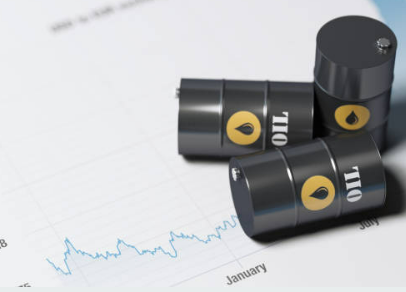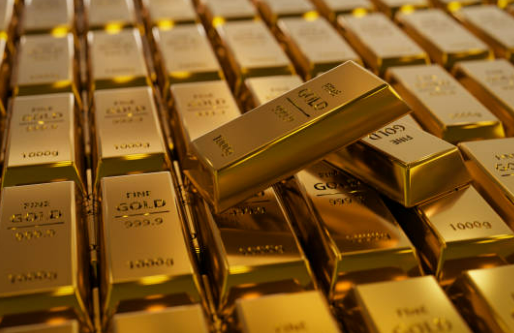
Skylar Williams
Jul 06, 2022 11:09

The Fed just swallows gold bulls for lunch.
Tuesday, gold prices plunged 2 percent to $1,700 territory for the second time in less than a week as the dollar climbed to two-decade highs, delivering a devastating blow to longs invested in the yellow metal.
The Dollar Index, which measures the dollar to six major currencies, climbed by 1.5 percent to reach 106.50 points, the highest level since December 2002. Since November of last year, the dollar has climbed steadily on projections of quick rate hikes by the Federal Reserve, which have barely begun to materialize.
Carsten Fritsch, an analyst at Commerzbank, observed, "The strong U.S. dollar has caused a further reduction in the price of gold, culminating in a noteworthy decrease below $1,800 per troy ounce."
Tuesday's transaction on the New York Comex saw August gold futures slide $37.60, or 2.1 percent, to $1,769.90 per ounce. The session low was $1,763.15, the lowest level since $1,758 in October 2021.
It was the second time gold has plunged to $1,700 after plummeting to $1,781 on Friday.
India and China alternate as the world's major buyers of gold, and any policy moves taken by either nation regarding the precious metal are likely to send market players reeling.
India, the world's second-largest consumer of bullion, increased its basic import duty on gold to 12.5 percent from 7.5 percent on Friday, which would weaken demand ahead of third-quarter festivities that traditionally result in gold purchases.
Traders also credited gold's malaise to the Federal Reserve's incessant chatter about rate hikes, which was matched by the greatest increase in 28 years by the central bank in June in an effort to control inflation increasing at the fastest rate in four decades.
The Fed's rate hammer has been pummeling gold bulls for weeks, as central bank policymakers have shown no desire to tame the inflation beast.
During the outbreak, the Fed held interest rates between zero and 0.25 percent for two years before boosting them in March of this year. The central bank has declared that it will continue to hike interest rates until inflation, which has hit 40-year highs of more than 8 percent yearly, returns to its objective rate of 2 percent annually.
In April, the Fed lifted rates by 25 basis points, or a quarter-percentage point, and in May, by 50 basis points, or a half-percentage point. In June, it imposed a 75-basis-point, or three-quarters-of-a-percentage-point, raise, its biggest since 1994.
At its future meeting in July, the Fed is predicted to enact another rate hike of 75 basis points, but the view for September is less certain.

Jul 05, 2022 11:12

Jul 07, 2022 11:20